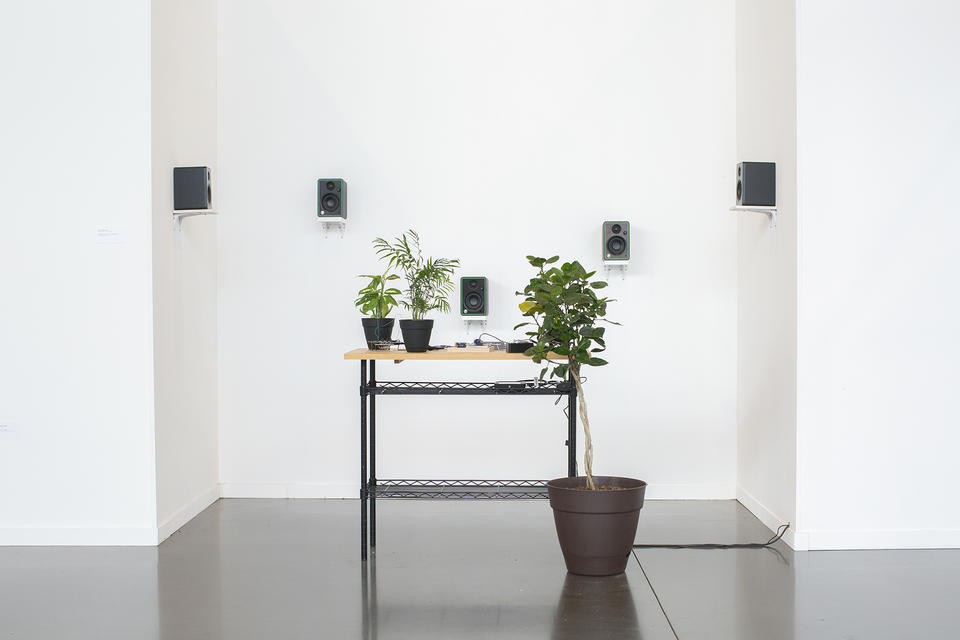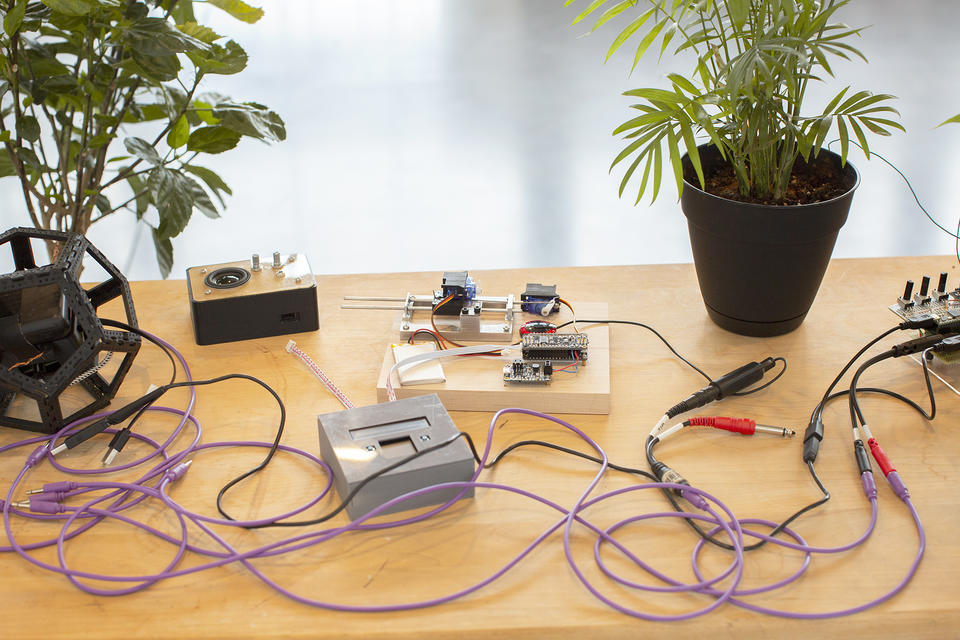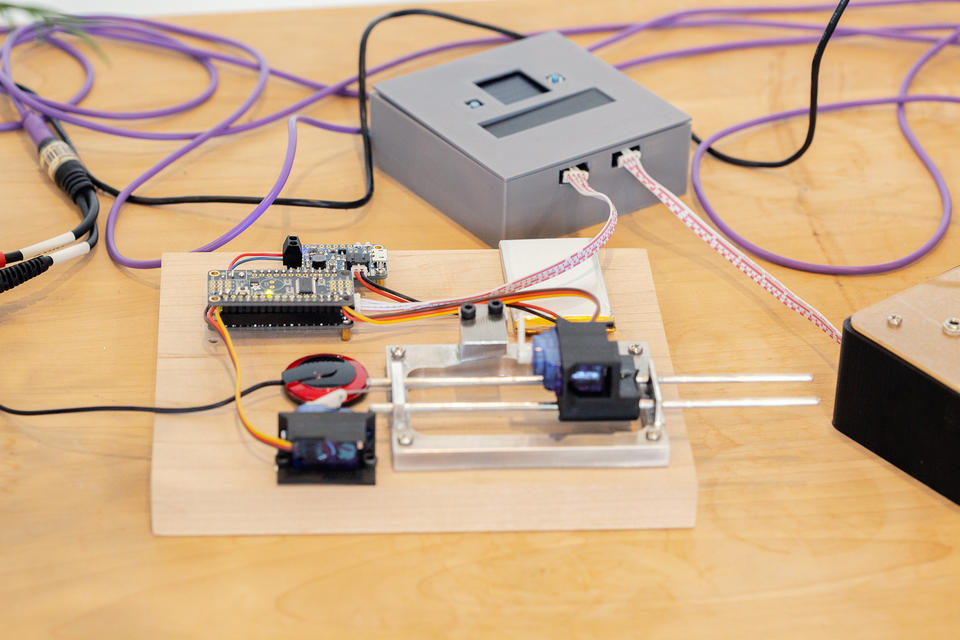ABSTRACT
My work lives in the world of trees, lakes, oceans, sunrises, starlight, hurricanes, and mountains, the world centered on the rumbling sounds of the earth and water, the quiet roars of silence in the air, in space, in the depths beneath, and all that lives in between. In approaching this world, I have found myself unable to hear everything it shares. The hard to perceive, often soundless parts of environments — those facets of climate, the ground we stand on, the subtle changes in noise - are often unobserved, or under-observed, and underappreciated. I have cultivated a practice of seeking out the under-observed, and holding a conversation with them. Through building electronic instruments, I’ve developed and refined a practice of listening to the unhearable.
Within my thesis project, I sought to create a dynamic representation of the world I’ve explored. I’m interrogating the conversation with the world of the rumbling sounds and silence. The space where I fit in this world. My instruments are tools that represent the unhearable and under-observed. They take data and transform it into something else, a recombination of the individual components into something unrecognizable yet familiar. Relationships and conversations are formed between the ground and my hands, weather data and the ethereal, weather data and movement, and sound samples and collapsed time. I have made four instruments while at RISD. They allow me to listen to that which cannot otherwise be heard. I continue to refine them, to improve the conversations. I ask the unhearable parts of environments how to listen to them, and, through the music of the instruments, they answer. Then I ask again, and continue to refine the process of creating a sonic world.
Image
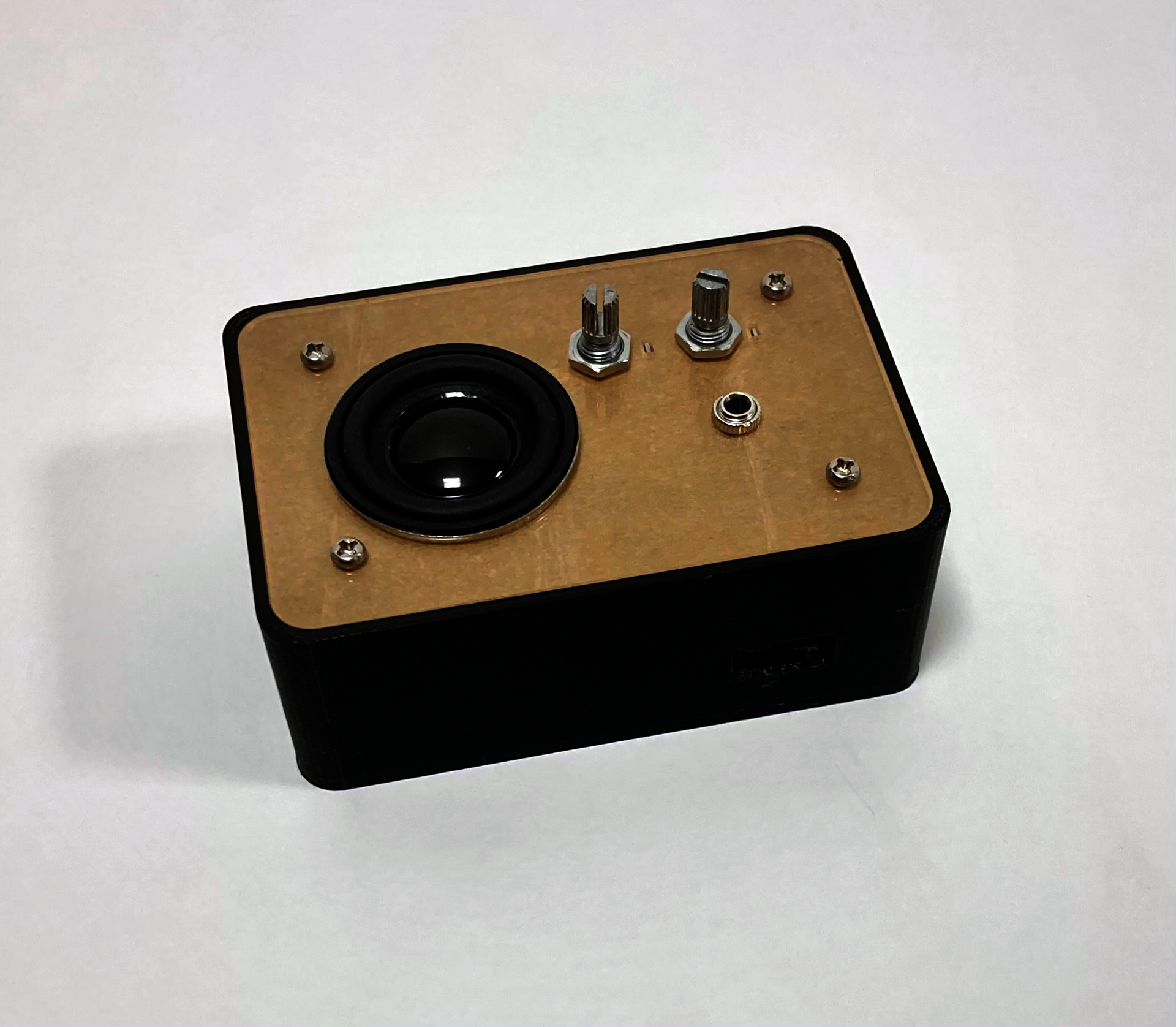
▲ weather events creates sound by combining information about temperature, barometric pressure, and humidity in a chaotic system where all parameters influence one another. The noise levels of the space it is played in also impact the sound, a feedback loop that acknowledges that the instrument is not a neutral observer, but rather an interlocutor impacting the dialogue between ourselves and our surroundings.
My instruments are born from questions that they do not answer. Instead, they pose more questions — abstractions about sound, place, and interaction — that I approach obliquely through the lens of the device. They provide a framework within which I can create a conversation and an interaction, but the framework is unspecified, malleable, and constantly in flux. earth and touch doesn’t prescribe a way to perform with plants; it is not focused towards any one mode of playing. Where one person may look at it and see the knobs as the most prominent mechanism, another person may see potential for complex gestures in the act of placing and replacing wires, and another person may view a conversation as intimate and unable to be shared, and so on. Possibilities impart many meanings to the words earth, and, touch. These choices for how to situate oneself in the idea of the instrument lend themselves to different configurations of sound. What is most interesting, for me, is situating the ideas of all the instruments in relation to one another.
If my instruments are sites for conversation with inaudible worlds, then collectively they are an orchestra for the unhearable. From the outset, I wanted them to be able to work together. My first inclination was to build them as if they were to be components in a modular synthesizer, patchable and connected. I knew this wouldn’t work for me, as I wanted each one to also stand alone. The origin of each instrument’s sound needed to be within its programming, not apart from it. So instead, to create the conversation, they act as individuals. As individuals, they can be positioned and repositioned, their sound captured as it is heard in space or through the curated decisions of a mixer. Take a dozen 3.5mm audio cables in varying lengths on adventures to widen the potential sonic fields that can be brought into awareness. Let the instruments speak across distances, connected by passive signals manifested in wire, telling each other what the land, air, water, and invisible creatures are telling them. Collectively, they sing from the space, in the space, to the space, with each other, and to each other.
INSTALLATION
I was once given an unsalvageable potted bouquet. Knowing my disdain for cut flowers, the sender opted for ones that were still alive, a gorgeous spectacle orchestrated by a florist unconcerned with the conflicting needs of the different plants. By the time I had realized these plants weren’t meant to live together, some of them had already started to deteriorate. Rescuing the plants was a given. You make a home real when you fill it with life. I wanted this home to be real. I wanted to feel safe in this home.
On walks to parks near my parents’ house, I found pockets in the pavement where flowers we call weeds had sprung from concrete tessellations. The infinite tiling of the city interrupted by the singing of a rogue dandelion, of untethered ivy in search of a surface to climb, always fleeting, waiting out their life before concerns about the conjoined foundations of rowhouse upon rowhouse will lead a neighbor to yank them from the ground.
The planned gardens aren’t nearly as interesting as the unintentional. I imagine I could’ve spent summers looking for bugs in the wildflowers when I see a younger cousin do the same by the lake. Lately I’ve wondered where all the late summer song-bugs have gone. Who is going to sing for the plants when the crickets, cicadas, and grasshoppers have left?
Image
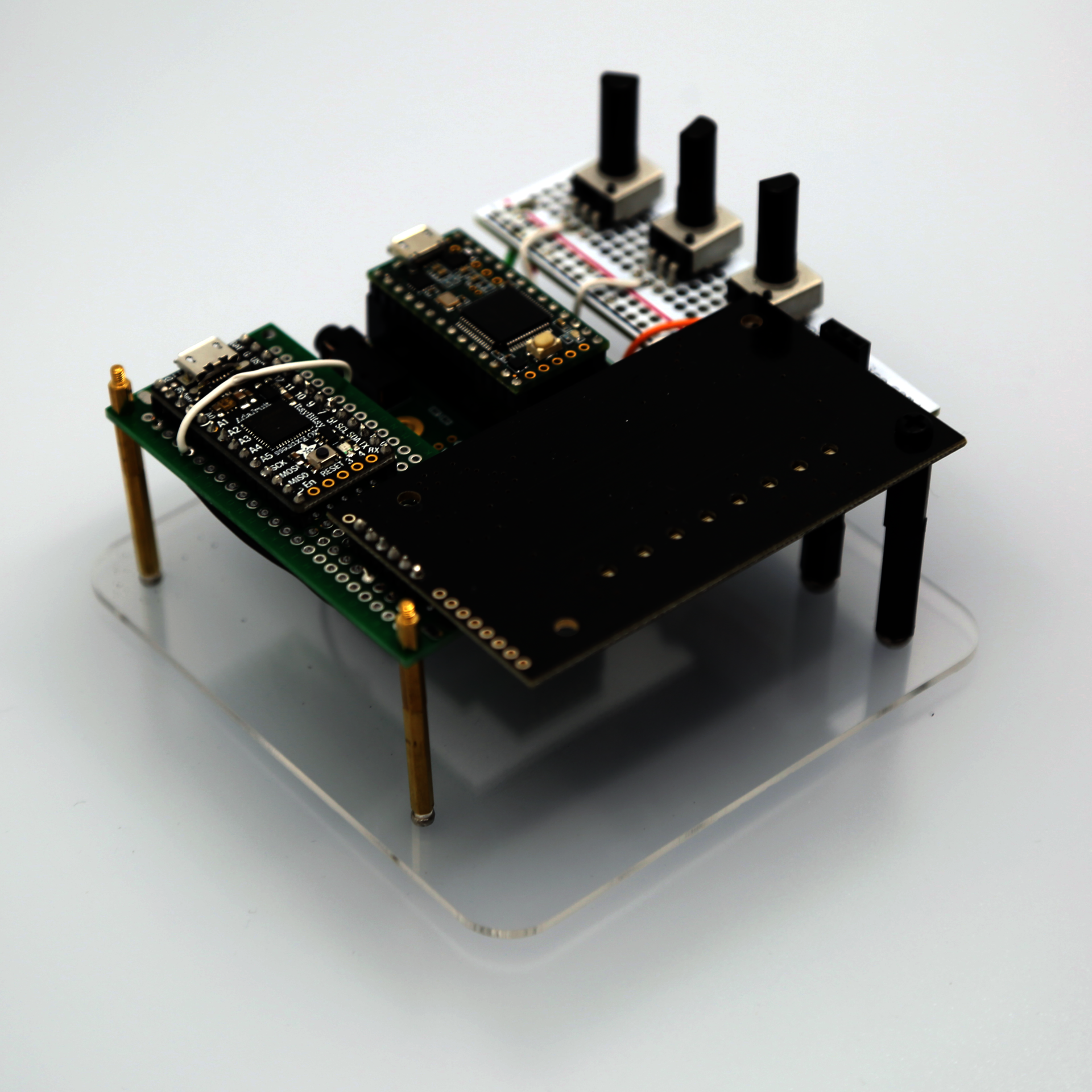
▲ earth and touch is an electronic musical instrument that encourages communication between a performer and soil through a shared language of electric conductivity.
In a waterfall, at a river near a lake I had met eleven years earlier, I found a secret. There is a trail where the fearlessness of youth convinces people to cannonball from a cliff to the swimming hole beneath it. The water is the color of root beer, and the waterfall creates a foam on top of it. Iron deposits are in the water here, not just the rocks.
I am young, but not fearless. In the swimming hole, I pushed against the current, into the onslaught of the waterfall, and swam through its heavy sheet. Behind it, I found a series of caves. They are just big enough to sit inside, and they have a shared ledge that lets you travel from one cave to the next. Inside the cave, the waterfall sounded different, and the splash of my cousin jumping from the cliff echoed.
How do you find a sound you’ve lost? If you can return to it, how do you prepare to capture it?
I keep my instruments safe in a drybag, alongside a borrowed recorder that stores their songs. What will they sing in the cave? It will be different from the songs just outside the cave, in the swimming hole, and different still from the songs on the trail. The echo of the cave will create a resonance of some kind.
I have a recording of a sound I heard in passing four years ago, walking through my home city. A metal plate of uncertain function on the side of a building had become partially dislodged. The wind around it created an irregular clang with a varying pitch. I only had my cell phone with me, so I captured the sound in a voice memo, labeled “funny sound near 11th st.” When I returned there, the loose plate had been repaired.
Sometimes the only trace of a sound is a recording of dubious quality, nearly a memory.
Image
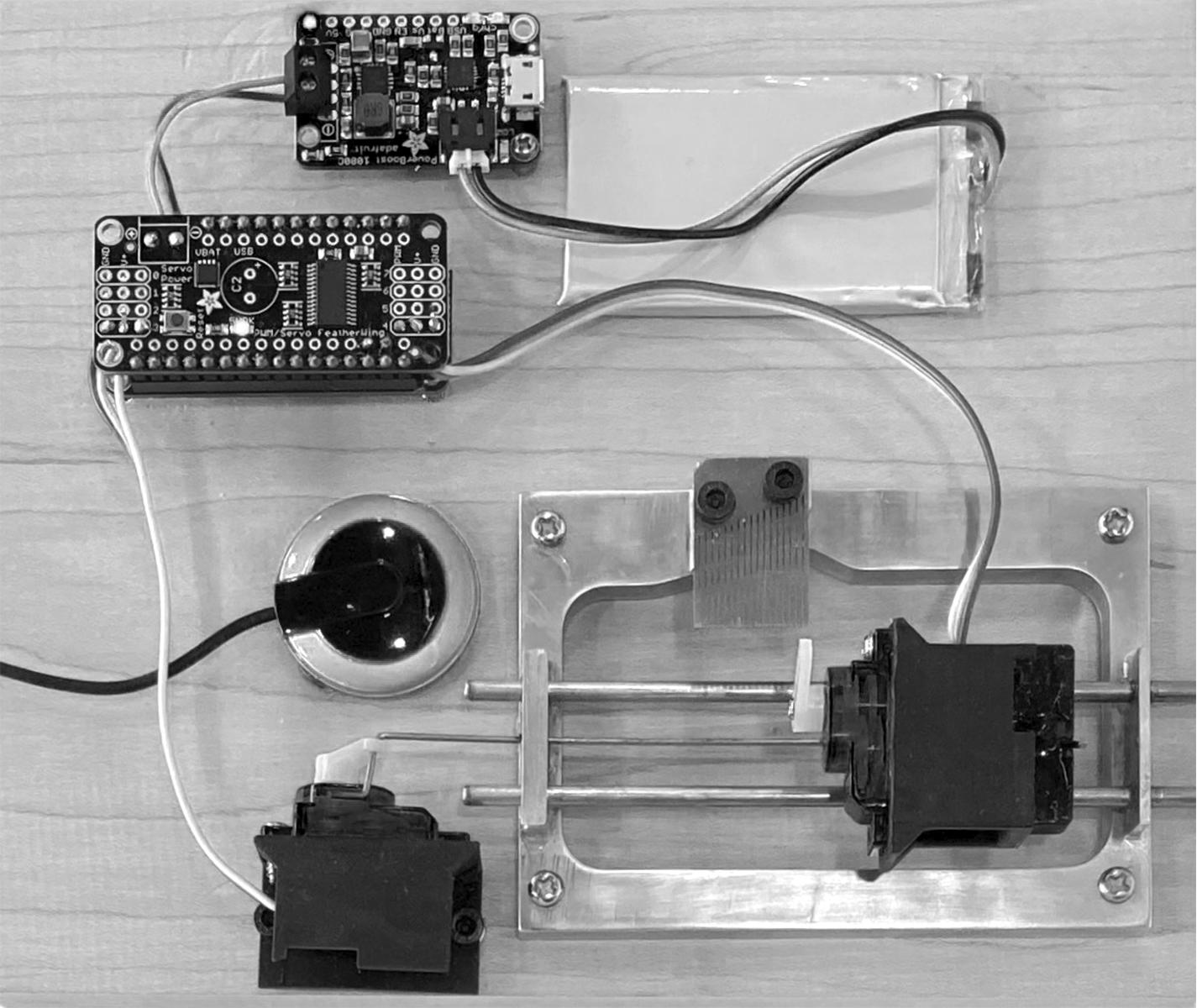
▲ weather invents is a robotic music box that plays notes based on the interaction between temperature, barometric pressure, and humidity in the space in which it is placed.

